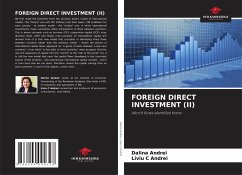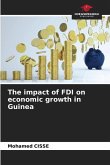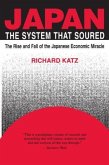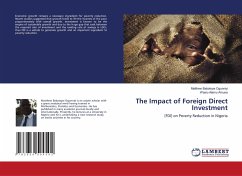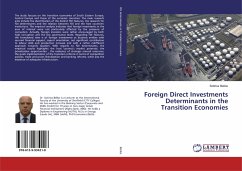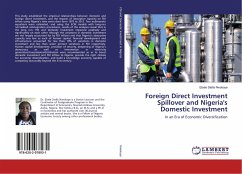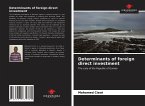We first make the transition from the previous book's model of international capital - the "binary" one with FDI (inflows) and their peers, FDI (outflows) for each country - to another model - the "unitary" one, in which international investments mean cumulative dollar transactions in flows between countries. This is where concepts such as turnover (CIF), cooperation capital (CCP), long-distance flows (LDF) and finally cross-sections of intranational capital are derived from. It is this new model that succeeds in identifying direct flows between countries better than the previous model -- where the picture of international capital flows appeared as "a game of balls between a few core countries", from which "a few balls to third countries" were escaped. And this was the expansion of capital from the "centre" to the "rest of the world". So, it is still the new model that sees the capital flows developed in the (concrete) spaces of the sections - real autonomous international capital markets - and it is from here that we can learn, therefore, where the capital coming from on each continent, in each of the regions, comes from.
Bitte wählen Sie Ihr Anliegen aus.
Rechnungen
Retourenschein anfordern
Bestellstatus
Storno

